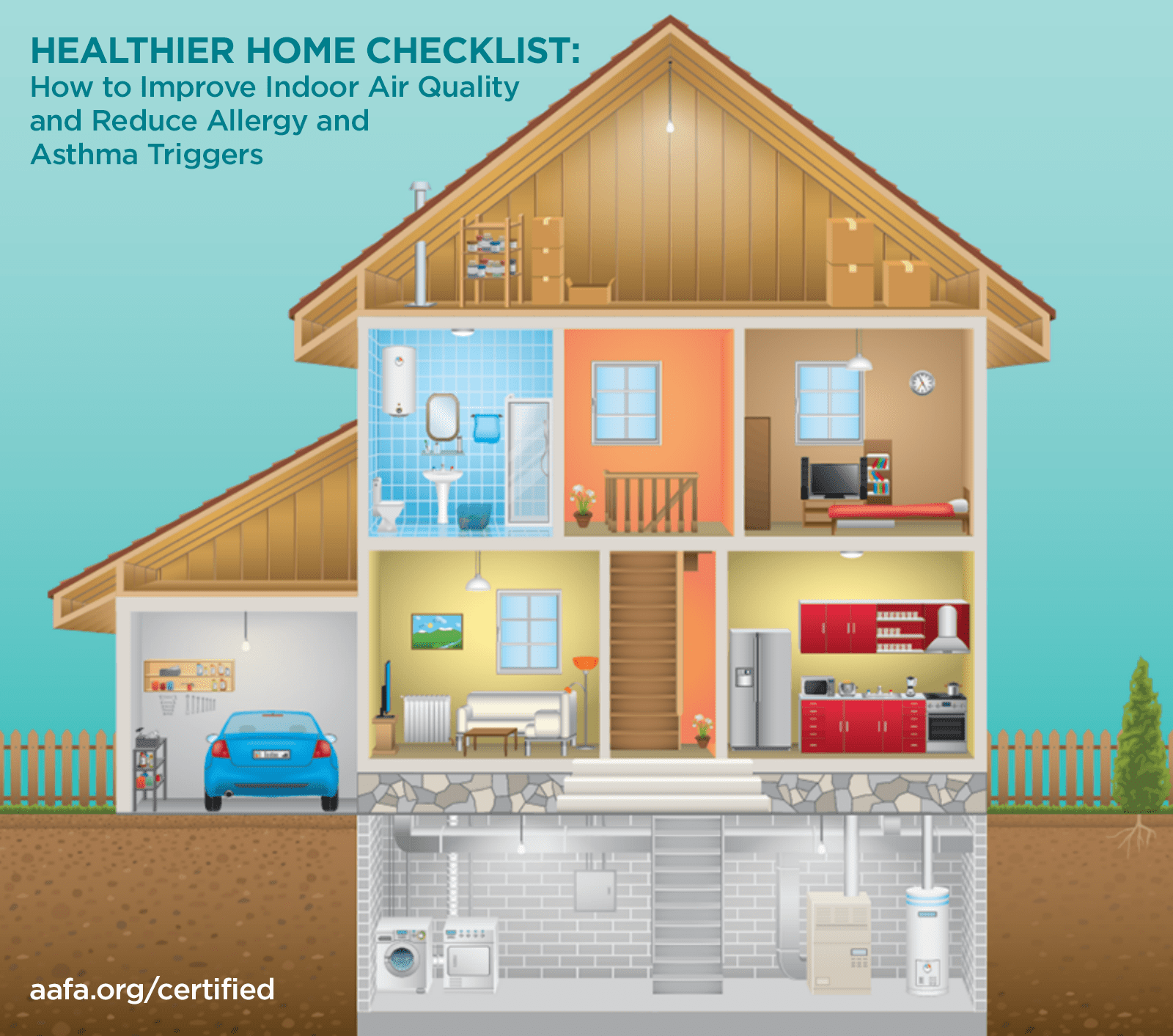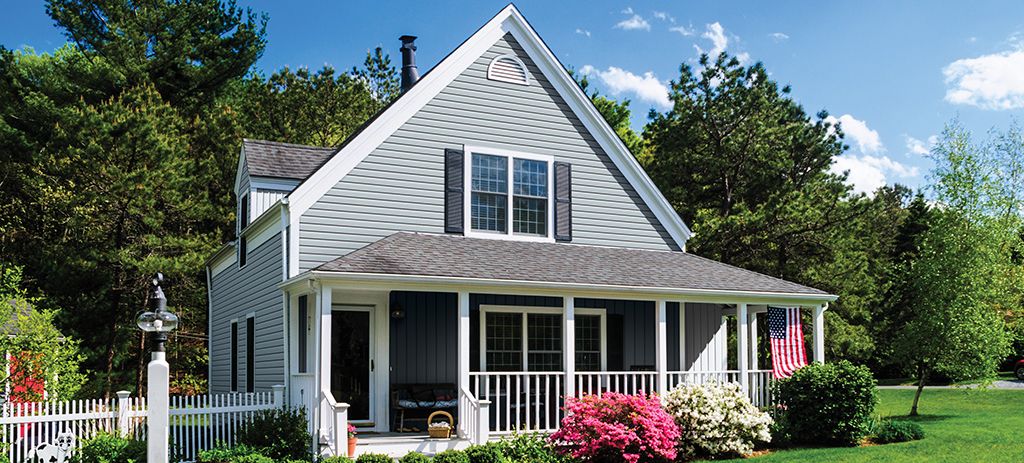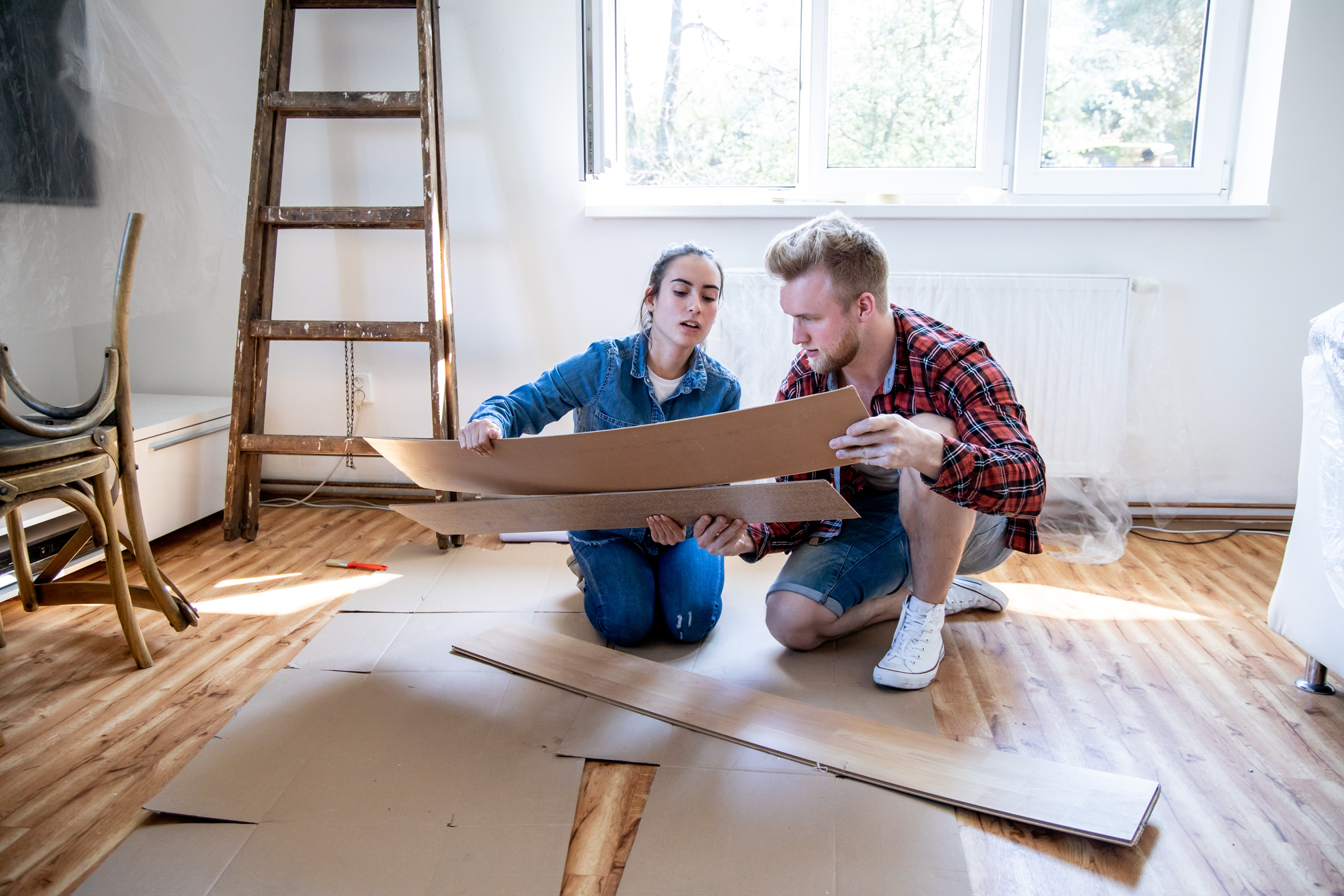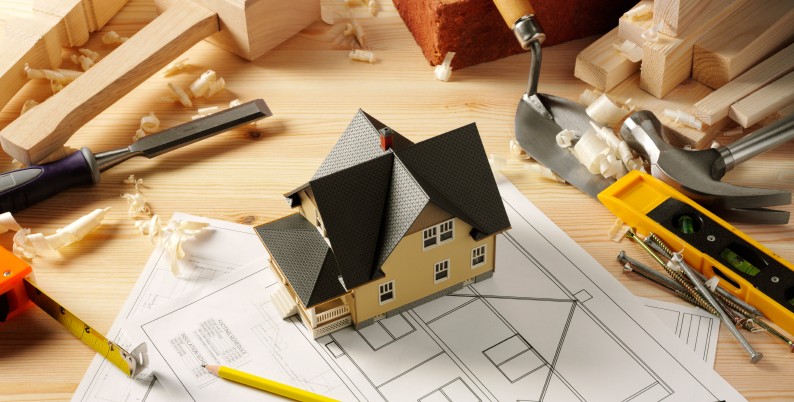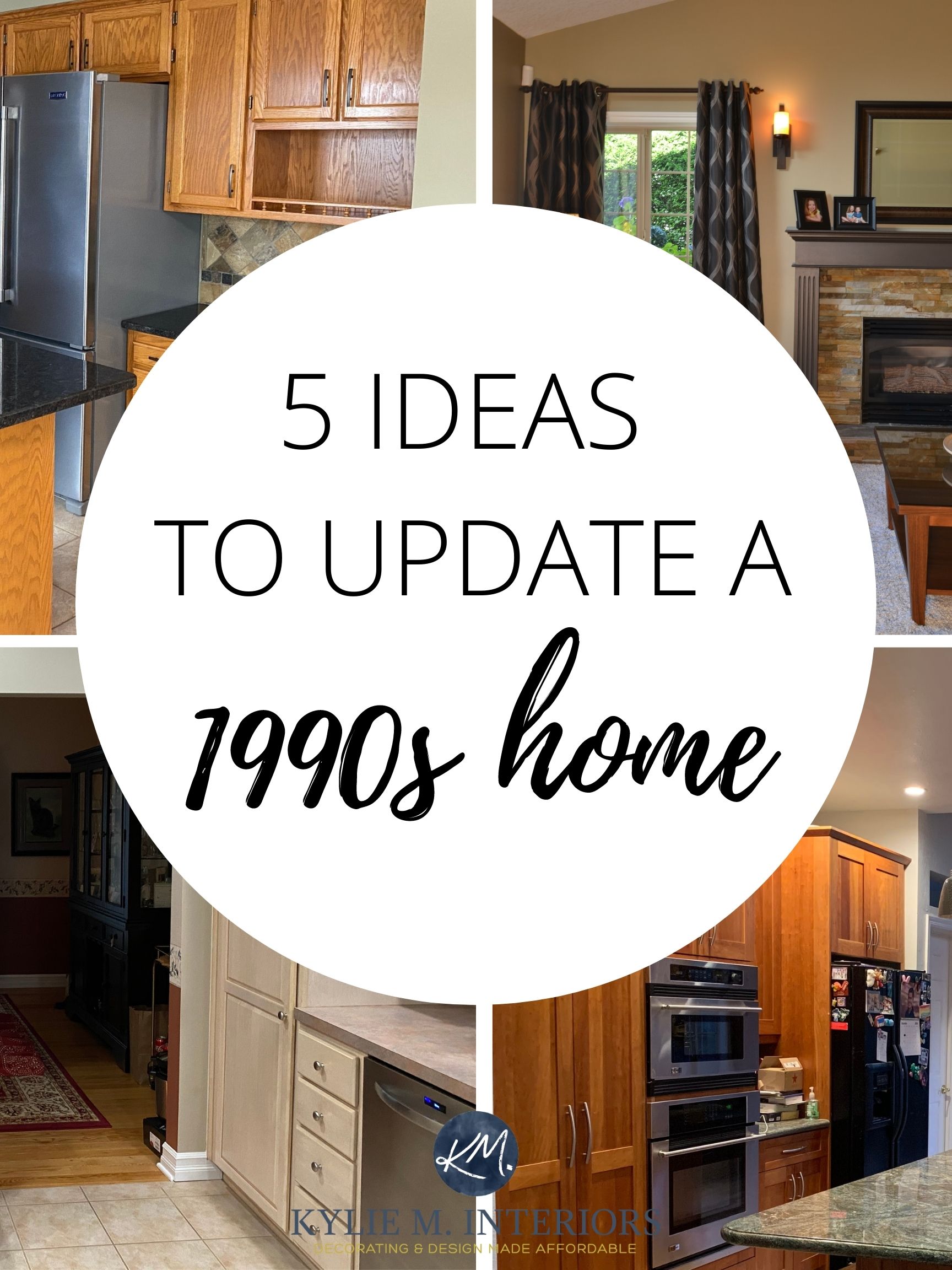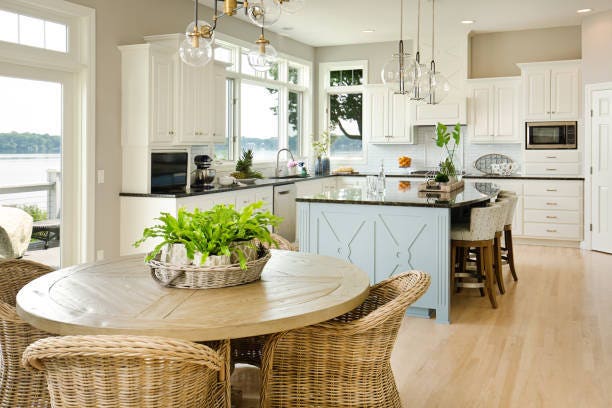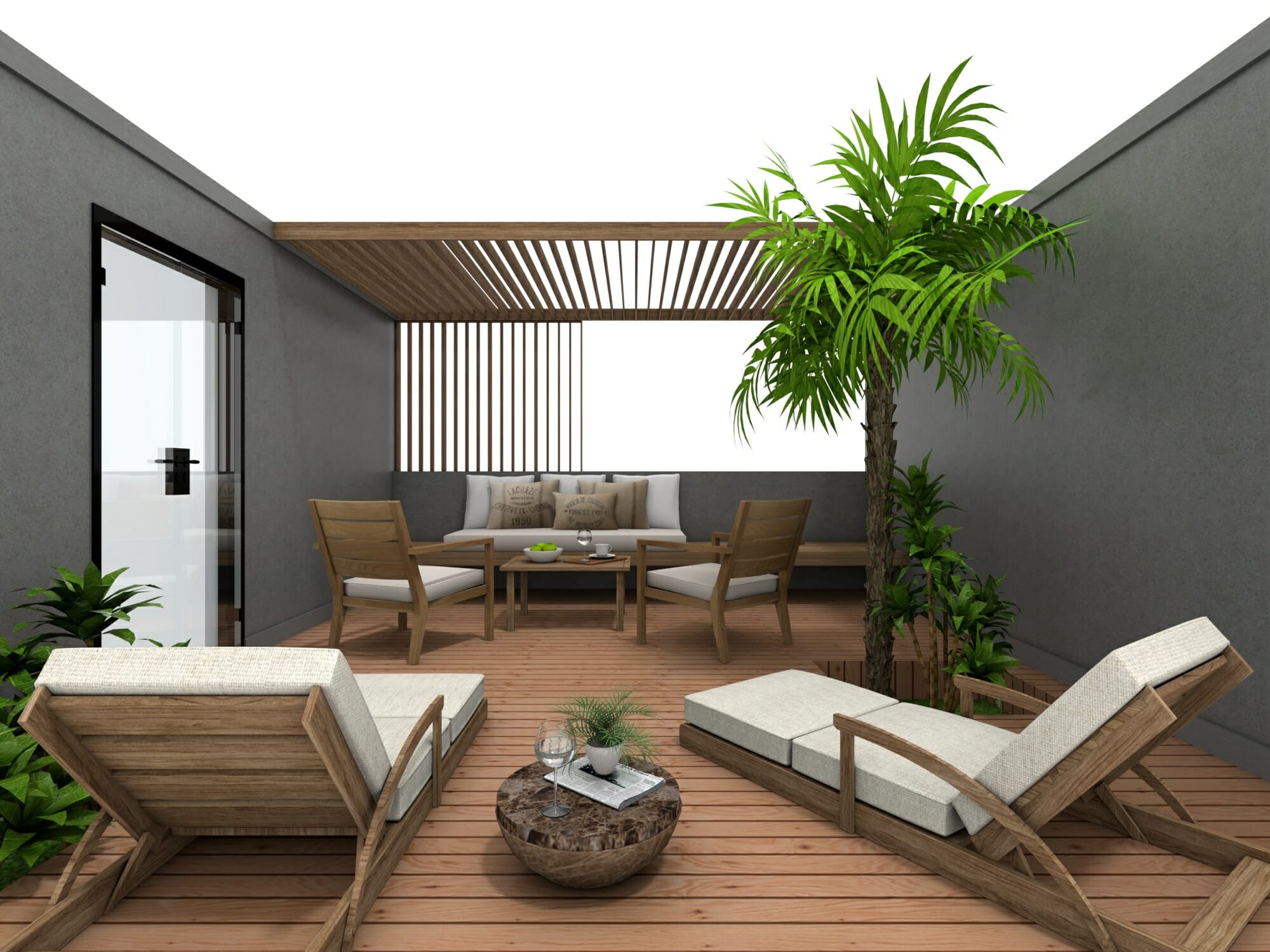![]()
Introduction
Hello Readers, welcome to our guide on safe and accessible home improvement tips for seniors. As we age, our homes should adapt to support our changing needs, ensuring safety and convenience remain a top priority. In this article, we will explore various strategies to make your home more accessible, providing you with practical tips and advice along the way.
1. Evaluate Your Living Space
2. Consider Lighting Options
3. Install Handrails and Grab Bars
4. Improve Floor Surfaces
5. Optimize Bathroom Accessibility
6. Upgrade Kitchen Features
7. Enhance Bedroom Comfort
8. Secure Outdoor Spaces
9. Incorporate Smart Home Technology
10. Seek Professional Help
11. Financing Home Improvements
12. Addressing Common Concerns
13. Maintaining a Safe Environment
14. Supporting Seniors with Dementia
15. Conclusion and Encouragement to Take Action
Strengths and Weaknesses of Safe and Accessible Home Improvement Tips for Seniors
1. Strength: Enhanced Safety
2. Strength: Improved Quality of Life
3. Strength: Independence and Dignity
4. Strength: Potential Cost Savings
5. Weakness: Initial Investment
6. Weakness: Disruption during Renovations
7. Weakness: Emotional and Mental Challenges
Table: Safe and Accessible Home Improvement Tips for Seniors
| Area of Improvement |
Tips |
| Living Space |
Evaluate your current layout and consider removing obstacles or rearranging furniture to create wider pathways. |
| Lighting |
Install bright LED lights throughout your home, especially in hallways, stairs, and other high-traffic areas. |
| Handrails and Grab Bars |
Place handrails along staircases and grab bars in the bathroom to provide stability and support. |
| Floor Surfaces |
Choose non-slip flooring options such as textured tiles or low-pile carpets to prevent slips and falls. |
| Bathroom Accessibility |
Install walk-in showers or grab bars in the bathroom for easier accessibility and increased safety. |
| Kitchen Features |
Consider installing adjustable countertop heights and easy-to-reach storage options in the kitchen. |
| Bedroom Comfort |
Invest in an adjustable bed, comfortable bedding, and proper lighting to create a relaxing sleep environment. |
| Outdoor Spaces |
Ensure walkways and outdoor areas are well-maintained and equipped with handrails or ramps. |
| Smart Home Technology |
Explore various smart home devices, such as voice-activated assistants and home monitoring systems, to enhance safety and convenience. |
FAQs about Safe and Accessible Home Improvement Tips for Seniors
1. Can I make home improvements on my own?
Yes, many improvements can be done independently, but it’s essential to consult professionals for larger projects and ensure your safety.
2. How can I finance home improvements?
There are various options available, including government grants, loans, and programs specifically designed for seniors’ home renovations. Research what suits your needs best.
3. What are the most cost-effective improvements I can make?
Simple changes like adding non-slip rugs and installing brighter lights can significantly improve safety without breaking the bank.
4. How do I address concerns about renovating with seniors living in the house?
Plan renovations in stages to minimize disruption, ensure proper organization, and consider temporary living arrangements if necessary.
5. How can a smart home system benefit seniors?
A smart home system can assist with various tasks, including monitoring health, automating simple actions, and providing emergency assistance.
6. What should I do to maintain a safe environment as I age?
Regularly check for potential hazards, ensure smoke alarms are working, and keep emergency contact numbers readily accessible.
7. How can I support seniors with dementia in a home environment?
Create a familiar and secure space, consider implementing memory aids, and engage in activities to promote mental well-being.
Conclusion
In conclusion, creating a safe and accessible home for seniors is of utmost importance to ensure their well-being and independence. By implementing the tips provided in this article and seeking professional help when needed, you can enhance safety, comfort, and overall quality of life. Take action today and transform your home into a haven that supports your needs. Your home should be a place where you can thrive and enjoy every moment.
Remember, a comfortable and safe home is essential for a happy and fulfilling life. Start making the necessary improvements today and embrace the freedom that comes with an accessible living space.
Disclaimer: The information provided in this article is for general informational purposes only and should not be considered as professional advice. Always consult with a certified expert for personalized guidance tailored to your specific needs.
-
Hiya I'm Annie Welton, the writer behind this blog, where it's all about how to make our home a special place. With a passion for making homes safer and cozier, I'm here to share easy-to-follow advice and practical tips to help you enhance your living space. Home is where the heart—and safety—is!
View all posts
Checkout These Recommendations:
- Create the Perfect Outdoor Living Space with These Home… Greet the Audience Hello, dear Readers! Are you looking to transform your outdoor area into a stunning living space? Look no further! In this article, we will provide you with…
- Stay Alert with Effective Home Security Alarms Protecting Your Home and Loved Ones Hello readers! Are you concerned about the security of your home and loved ones? In today's fast-paced world, it is essential to stay alert…
- Go Wireless: The Future of Home Security Systems Introduction Readers, welcome to an exciting journey into the future of home security systems. In this digital age, wireless technology has revolutionized every aspect of our lives, including how we…
- Protect Your Home with Reliable Security Systems Introduction Hello readers, Welcome to our journal article on how to protect your home with reliable security systems. In today's world, ensuring the safety and security of our homes has…
- Peace of Mind for Airbnb Hosts: Home Security Solutions Greetings, Readers! Welcome to an informative article on how to achieve peace of mind as an Airbnb host through effective home security solutions. In this age of sharing economy, ensuring…
- Protect Your Loved Ones with Family-Focused Home Security 🏠 Introduction Hello Readers, Welcome to our article on how to protect your loved ones with family-focused home security. In today's increasingly connected world, ensuring the safety and well-being of…
- Find Reliable Home Improvement Contractors Near You An Introduction to Finding Reliable Home Improvement Contractors Hello, Readers! If you are planning to renovate your home or undertake any home improvement projects, finding reliable contractors can be a…
- Welcome Home: Essential Home Security for New Homeowners Introduction Hello Readers, Welcome to your new home! Congratulations on this exciting milestone. As you settle into your new abode, it's crucial to prioritize the safety and security of your…
- Peace of Mind for Your Vacation Home: Home Security… Hello Readers! Are you eagerly planning your next vacation to your beloved vacation home? As you dream about the relaxation and tranquility that awaits you, it's crucial to ensure that…
- Jaw-Dropping Home Improvement Before and After… Introduction Hello Readers, welcome to our article on Jaw-Dropping Home Improvement Before and After Transformations. Are you tired of your mundane living space and looking for some inspiration to revamp…
- Empowering Safety: Home Security for Independent Women Welcome, Readers! Greetings, readers! In this article, we will explore the crucial topic of empowering safety, focusing specifically on home security for independent women. In today's world, ensuring personal security…
- Stay Connected Anywhere: Remote Monitoring for Home Security Hello Readers, Welcome to this article on Stay Connected Anywhere: Remote Monitoring for Home Security. In today's fast-paced world, it's crucial to keep our homes safe and secure. With the…
- How to Do Home Improvement on a Dime Welcome, Readers! Greetings, Readers! If you're looking to spruce up your living space without breaking the bank, you've come to the right place. In this article, we'll share practical and…
- A Comprehensive Guide to Home Improvement Loans Welcome, Readers! Thank you for choosing to read our comprehensive guide to home improvement loans. Whether you're planning to renovate your kitchen, add an extra bathroom, or simply upgrade your…
- Creative Home Improvement Ideas on a Tight Budget Introduction Hello, Readers! Welcome to this journal article where we will explore creative home improvement ideas that won't break the bank. We understand that improving your home can be a…
- Caring for Your Parents: Home Security Solutions for Seniors Hello Readers, As our parents age, it becomes increasingly important to ensure their safety and security in their own homes. With advancements in technology, there are now numerous home security…
- Home Improvement Projects That Boost Resale Value Introduction Hello Readers, welcome to our journal article about home improvement projects that can significantly boost the resale value of your property. Whether you are planning to sell your house…
- Modernize Your Outdated Kitchen with These Home Improvement… Introduction Hello Readers, Welcome to our journal article where we will provide you with valuable tips and insights on how to modernize your outdated kitchen. A kitchen is the heart…
- Easy Home Improvement Ideas for Renters Introduction Hello Readers, welcome to our article on Easy Home Improvement Ideas for Renters. As a renter, it might often seem challenging to personalize your living space or make improvements…
- The Top Home Improvement Magazines You Should Read Welcome, Readers! Are you looking to enhance your home’s appeal, functionality, or value? Look no further! In this article, we have compiled a list of the top home improvement magazines…
- DIY Home Improvement Projects for Beginners Introductory Words Hello Readers, Welcome to our comprehensive guide on DIY home improvement projects for beginners. Whether you own a house or rent an apartment, there's always something you can…
- Essential Home Improvement Websites for DIY Enthusiasts Welcome, Readers! Welcome to our comprehensive guide on essential home improvement websites for DIY enthusiasts. Whether you are a seasoned DIY pro or just starting out, these websites will provide…
- Discover the Best Home Security Solutions for Your Peace of… Introduction Hello Readers, Welcome to our comprehensive guide on discovering the best home security solutions for your peace of mind. In this article, we will delve into the various options…
- Drill-Free Security: Protecting Your Apartment without… An Innovative Approach to Apartment Security Hello Readers, welcome to this informative article on drill-free security solutions for apartments. In today's urban lifestyle, ensuring the safety of our homes is…
- Allergy-Friendly Home Improvement Ideas for a Healthier… Introduction Hello Readers, Welcome to our journal article on Allergy-Friendly Home Improvement Ideas for a Healthier Living Environment. In this article, we will discuss various innovative and practical solutions to…
- Safety in the Countryside: Home Security for Rural Areas Introduction Hello Readers, Welcome to this comprehensive guide on home security in rural areas. Living in the countryside offers a tranquil and idyllic setting, but it also comes with its…
- Essential Tips for Improving Your Home Security Greetings, Readers! Welcome to our comprehensive guide on essential tips for improving your home security. With the ever-increasing rate of burglaries and home invasions, it is crucial to take proactive…
- Extend Your Protection: Outdoor Home Security Solutions Greeting Readers! Welcome to this comprehensive guide on outdoor home security solutions. In today's fast-paced world, ensuring the safety and protection of our homes has become even more crucial. As…
- How to Apply for Home Improvement Grants Hello, Readers! Welcome to our comprehensive guide on how to apply for home improvement grants. If you are looking to enhance your living space but lack the necessary funds, home…
- Safety on Campus: Home Security Tips for College Students Greeting Readers! Welcome to our comprehensive guide on home security tips for college students. As students, it is crucial to prioritize safety on campus, including our living spaces. Whether you…
